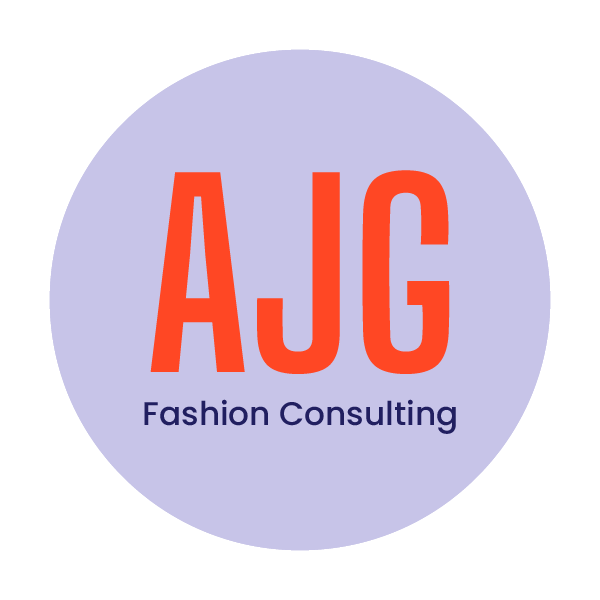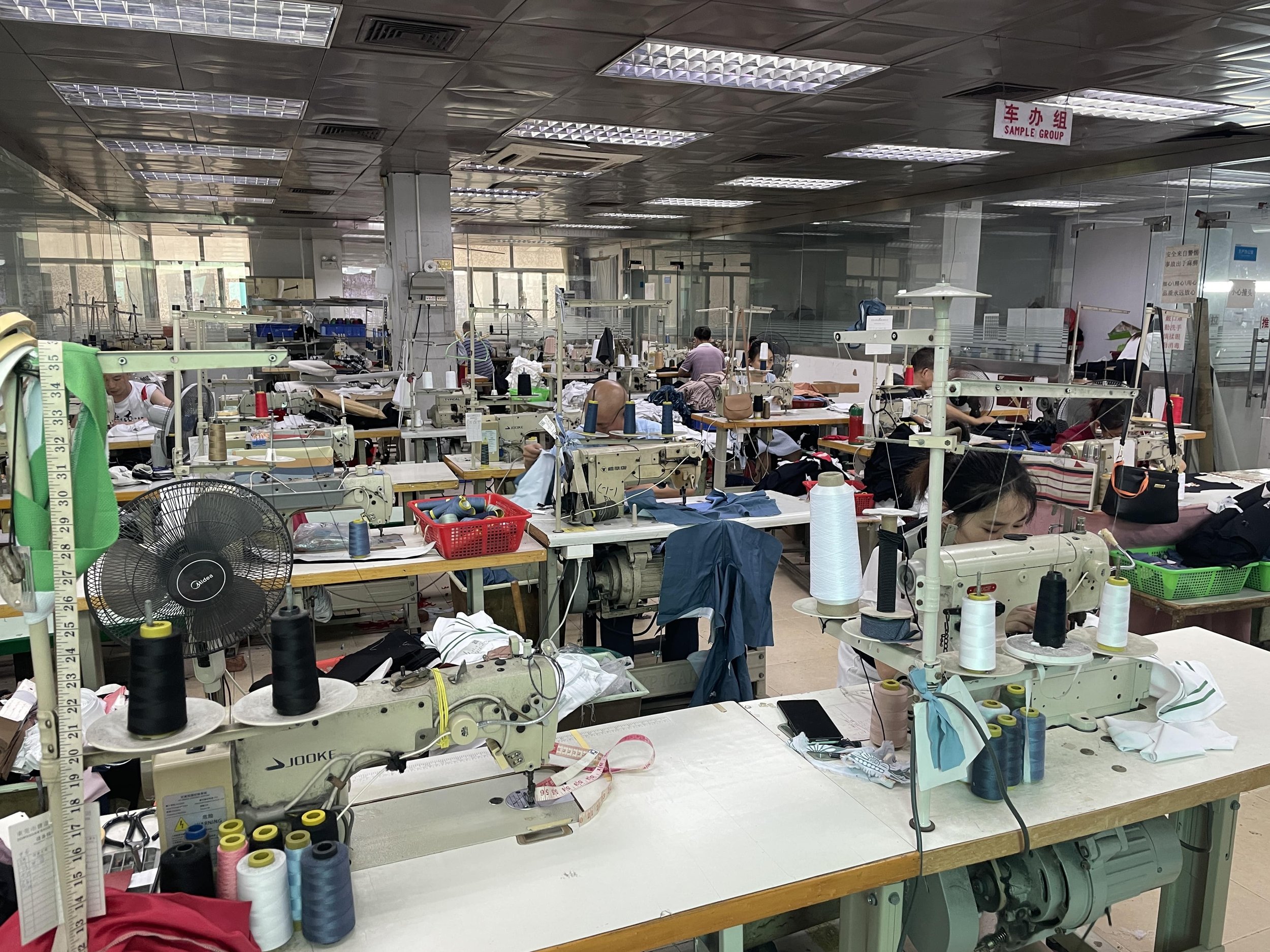How to Save Money with International Sourcing
This blog is part of our Ultimate Guide to Starting a Clothing Brand. Check it out for more info.
Launching a startup fashion brand in the United States often means grappling with high material and production costs. These costs can pose significant challenges and may hinder your business's growth potential from the very beginning. However, by adopting a global perspective and exploring international sourcing, you can address many of these cost concerns and pave the way for a more profitable venture. In this guide, we will walk you through the steps to consider when contemplating international sourcing and how working with a trusted fashion brand consultancy can be instrumental in this process.
Step 1: Determine If You're Ready
Embarking on an international sourcing strategy can be a great move for brands that have already produced a collection or two and have tangible customer sales data at their disposal. Customer purchases serve as votes and reveal valuable insights into their preferences—whether it's sizes, colors, fits, or price points. This knowledge provides a framework for your international sourcing efforts and helps mitigate risks associated with expanding your brand.
If you are just launching your brand, consider using international suppliers as a future growth strategy. In the early stages, it is crucial to identify the high costs inherent to your business and gain insights from your initial sales. This approach keeps you focused on learning from your customers and guides your path towards business success. If you are just starting out, working with a trusted fashion brand consultant can help
Step 2: Identify Profit Roadblocks
Production and material costs often act as dealbreakers for startup fashion brands. Starting small and producing limited quantities initially is prudent, but it may leave little room for profit. To maximize your margins, delve into the details and scrutinize each component separately. Pinpoint the production costs that stand out, as it often comes down to specific components driving your expenses higher.
Addressing these specific roadblocks can lead to a dramatic improvement in your business's profitability. A strategic starting point for cost reduction is importing fabric. Because fabric serves as the primary component of your products, reducing this cost can significantly boost your profit margins.
Step 3: Meet Minimum Order Quantities
International sourcing often comes with higher Minimum Order Quantities (MOQs). For instance, fabric MOQs may hover around 1,000 yards or more, while smaller components like hook & eyes, brand labels, and hangtags may require orders of 5,000-10,000 units. These quantities may seem overwhelming for many startups.
Consider starting with core materials and fabrics essential to your brand. Analyze which fabrics perform well in your best styles and think about using materials that can span multiple seasons. Another strategy is to plan for multiple collections and identify materials or trims that can be used throughout the year.
Another strategy is utilizing available fabrics in the market. Many mills will carry stock colors in popular fabrics, which would allow you to order smaller amounts of yardage. Some things to consider with available fabrics is that they can sell out, and if the mill needs to weave new yardage, it may vary slightly in appearance and color from the previous lot. Be sure to compare the fabric lots to see if they can be used together before mixing them.
Research is paramount in this phase. Some product components may yield only marginal savings when sourced overseas, making it important to assess whether the time, effort, and investment are justified by the high MOQs. Prioritize materials that can significantly enhance your margins.
Step 4: Determine Importing Costs and Logistics
Importing fabrics involves various costs that must be factored into your pricing. One of the costs is duty, a tax levied when importing into the US. Duty amounts are determined by the product and the material or fiber content.
Shipping and logistics represent additional expenses that require careful consideration. Beyond the actual shipping costs, you must account for fuel surcharges, bond fees, and docking fees. Collaborating with a full-service global logistics partner is advisable, as they can guide you through the process, provide detailed cost estimates, and ensure a smooth delivery process.
Allocate sufficient time in your production schedule for shipping goods from overseas. Shipping by sea is the most economical option, taking approximately 4-6 weeks from port to port. While air freight is faster, it can significantly erode the profit gains achieved through overseas sourcing.
Controlling costs is the key to a successful business and more money in your pocket. Understanding the specific cost drivers that aren't working in your favor empowers you to explore alternatives and lower those costs. Sourcing globally offers you so many options for success. Be strategic early to create a long-lasting profitable business.
Ready to launch your clothing brand? AJG Fashion Consulting can help. Feel free to reach out, and let's get started!


